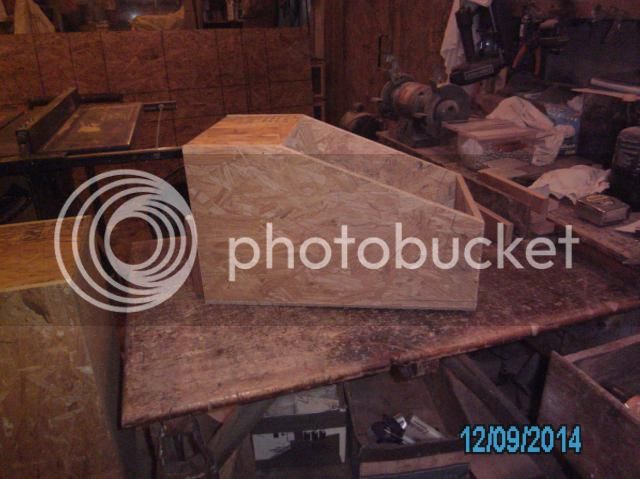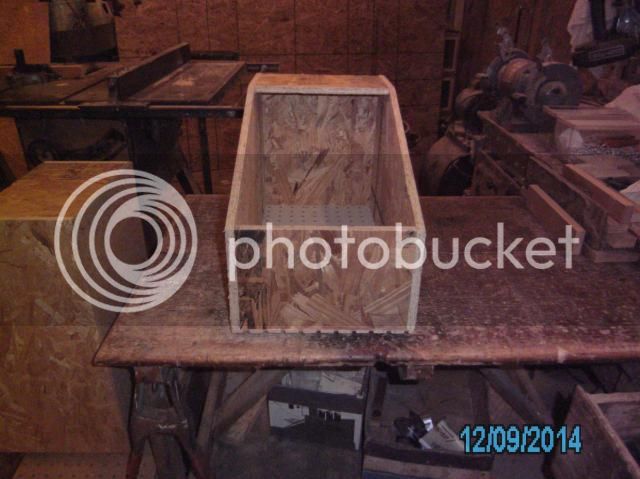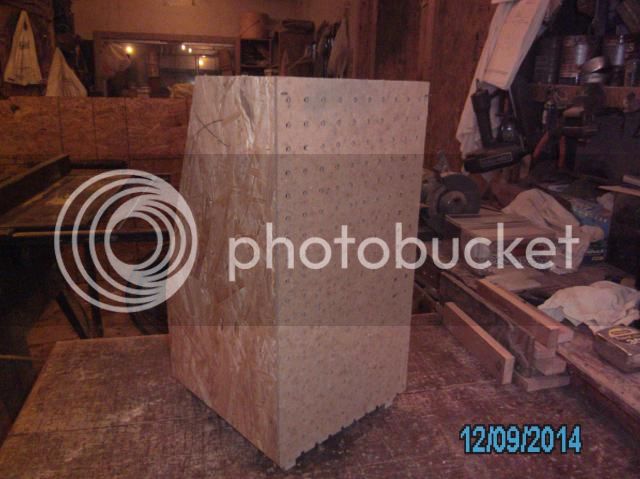I thought I would add how we built our nest boxes. That being the royal "we" since DH actually built them.

DH bought some large white plastic cutting boards and cut out the side pieces from that. Once the sides were assembled he attached some galvanized 1/2" hardware cloth to the bottom so that the waste could fall through. Then he cut very narrow strips and attached one to each long side on the bottom, which creates "runners" like on a sled that keeps the box from catching on the cage floor if you slide it.
We actually have the Sani-Nests from Bass, which attach to the bottom of the cage. We just slide the nest box into the opening. A couple advantages - they are very sanitary, since cutting boards were meant to be cleaned, and we can write the does name on the front end of the box with a Sharpie, which can be washed off when we replace the doe. So far the insulation value of the cutting board seems to be very good!
In the colder months we cut a piece of cardboard and put it between the "runners" to add insulation to the bottom of the box. If this gets soiled it is very easy to change out.








